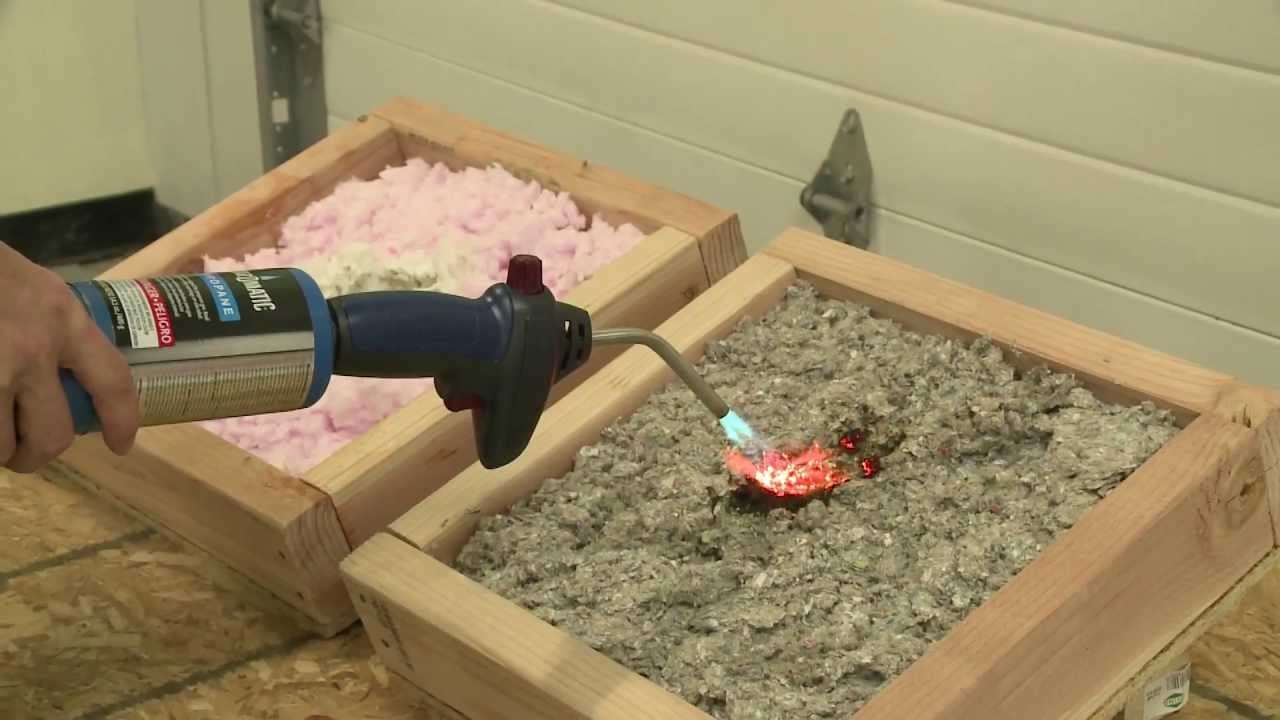When it comes to maintaining a healthy indoor environment, understanding the potential hazards posed by mold is crucial. Among the various types of mold, black mold (Stachybotrys chartarum) is often the most concerning due to its association with health risks. One common area where black mold can thrive is on ceiling tiles, particularly in spaces that are prone to moisture, such as bathrooms, kitchens, and basements. This article delves into the characteristics of black mold on ceiling tiles, how to identify it, and the steps to take if you suspect its presence.
Understanding Black Mold
Black mold is a type of fungus that appears dark green or black and can produce mycotoxins, which are harmful to human health. It thrives in damp, humid environments and can spread rapidly if not addressed promptly. The presence of black mold on ceiling tiles is often indicative of underlying moisture issues, such as leaks, poor ventilation, or high humidity levels.
Visual Characteristics of Black Mold on Ceiling Tiles
Identifying black mold on ceiling tiles requires a keen eye for detail. Here are some key visual characteristics to look for:
- Color and Texture: Black mold typically appears as dark green or black patches. It may have a slimy or fuzzy texture, often resembling soot or dirt. In some cases, it can appear as small black dots or spots scattered across the tile surface.
- Pattern of Growth: Black mold often grows in irregular patterns. You may notice it spreading from a central point, such as a water leak, or in areas where moisture accumulates, like corners or edges of the tiles.
- Surface Damage: In addition to discoloration, black mold can cause physical damage to ceiling tiles. You may observe warping, sagging, or crumbling tiles, which can indicate prolonged exposure to moisture and mold growth.
- Odor: A musty or earthy smell is often associated with mold growth. If you detect an unusual odor in a room, it could be a sign of hidden mold, even if it is not immediately visible.
Health Risks Associated with Black Mold
Exposure to black mold can lead to a variety of health issues, particularly for individuals with respiratory conditions, allergies, or weakened immune systems. Common symptoms include:
- Coughing and sneezing
- Nasal congestion
- Skin irritation
- Eye irritation
- Fatigue
In severe cases, prolonged exposure can lead to more serious health complications, including respiratory infections and chronic lung conditions. Therefore, it is essential to address any signs of black mold promptly.
Steps to Take if You Suspect Black Mold
If you suspect that black mold is present on your ceiling tiles, it is crucial to take immediate action:
- Assess the Situation: Carefully inspect the affected area. Look for signs of moisture, such as water stains or leaks, and determine the extent of the mold growth.
- Protect Yourself: Before attempting any cleanup, ensure you are wearing appropriate protective gear, including gloves, goggles, and a mask to avoid inhaling mold spores.
- Contain the Area: To prevent the spread of mold spores, seal off the affected area. Use plastic sheeting to cover doorways and vents.
- Remove Affected Tiles: If the mold growth is extensive, it may be necessary to remove and dispose of the affected ceiling tiles. Ensure that you follow local regulations for hazardous waste disposal.
- Clean the Area: For smaller patches of mold, you can clean the area using a mixture of water and detergent or a commercial mold remover. Ensure that the area is thoroughly dried after cleaning to prevent future growth.
- Address Moisture Issues: Identify and rectify the source of moisture that contributed to mold growth. This may involve repairing leaks, improving ventilation, or using dehumidifiers.
- Consult Professionals: If the mold problem is extensive or if you have health concerns, it is advisable to consult a professional mold remediation service. They have the expertise and equipment to safely remove mold and restore your indoor environment.
Conclusion
Identifying black mold on ceiling tiles is essential for maintaining a safe and healthy living space. By understanding its visual characteristics and associated health risks, homeowners can take proactive steps to address mold issues before they escalate. Remember, prevention is key—regular inspections, proper ventilation, and moisture control can significantly reduce the likelihood of mold growth in your home. If you suspect black mold, don’t hesitate to take action; your health and well-being depend on it.

